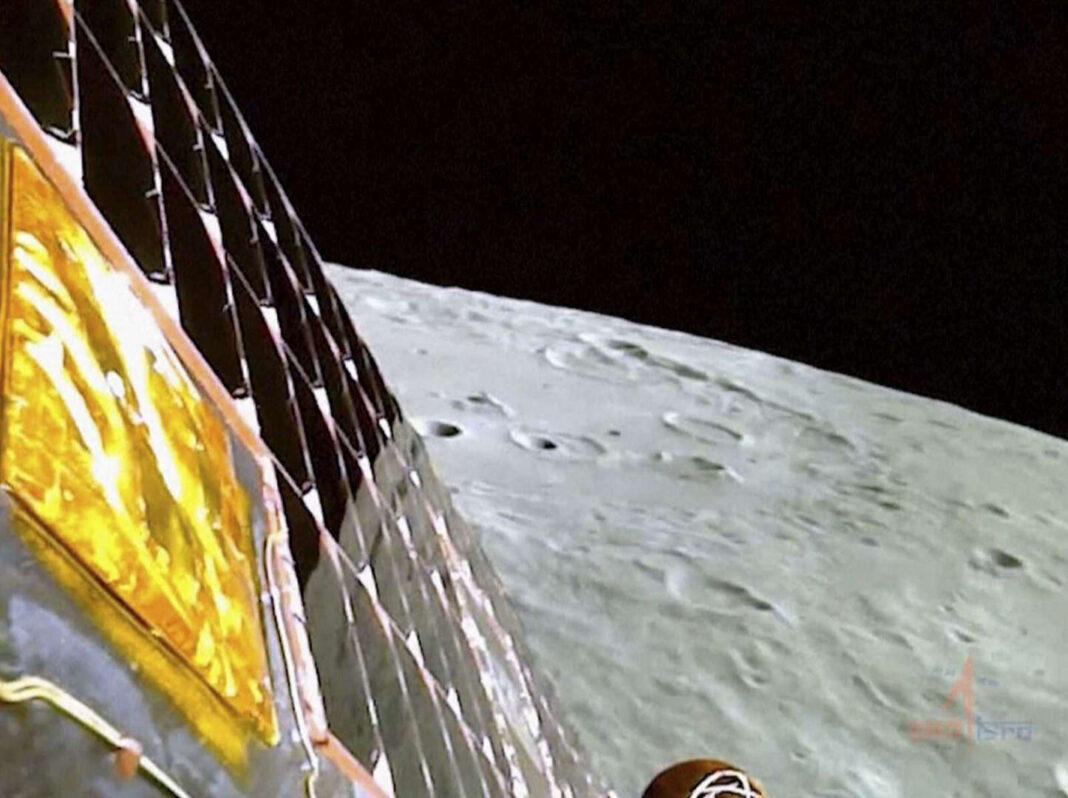India’s Moon rover has confirmed the presence of sulfur on the lunar south pole, the Indian Space Research Organisation (ISRO) announced. This achievement comes after India became the first country to successfully land a craft near the south pole of the Moon.
The rover, named Pragyan, is equipped with a Laser-Induced Breakdown Spectroscopy (LIBS) instrument, which conducted in-situ measurements on the elemental composition of the lunar surface. The analysis revealed the presence of sulfur, along with aluminium, calcium, iron, chromium, titanium, manganese, silicon, and oxygen.
The discovery of sulfur on the lunar south pole holds significant implications for understanding the Moon’s formation and the early history of the solar system. Sulfur is a volatile element that is not easily preserved on the lunar surface, suggesting that the Moon may have experienced bombardment from comets or asteroids in the past.
This finding is also a noteworthy achievement for India’s space program, which has been making remarkable progress in recent years. In 2019, India became the fourth country to land a spacecraft on the Moon. It now has plans to send a probe to the sun in September, launch a crewed mission into Earth’s orbit by next year, and collaborate with Japan on joint missions to the Moon and Venus in the coming years.
The confirmation of sulfur on the lunar south pole marks a significant advancement in our understanding of the Moon and its history. It also highlights the growing capabilities of India’s space program.
(With inputs from agencies)
A global media for the latest news, entertainment, music fashion, and more.




